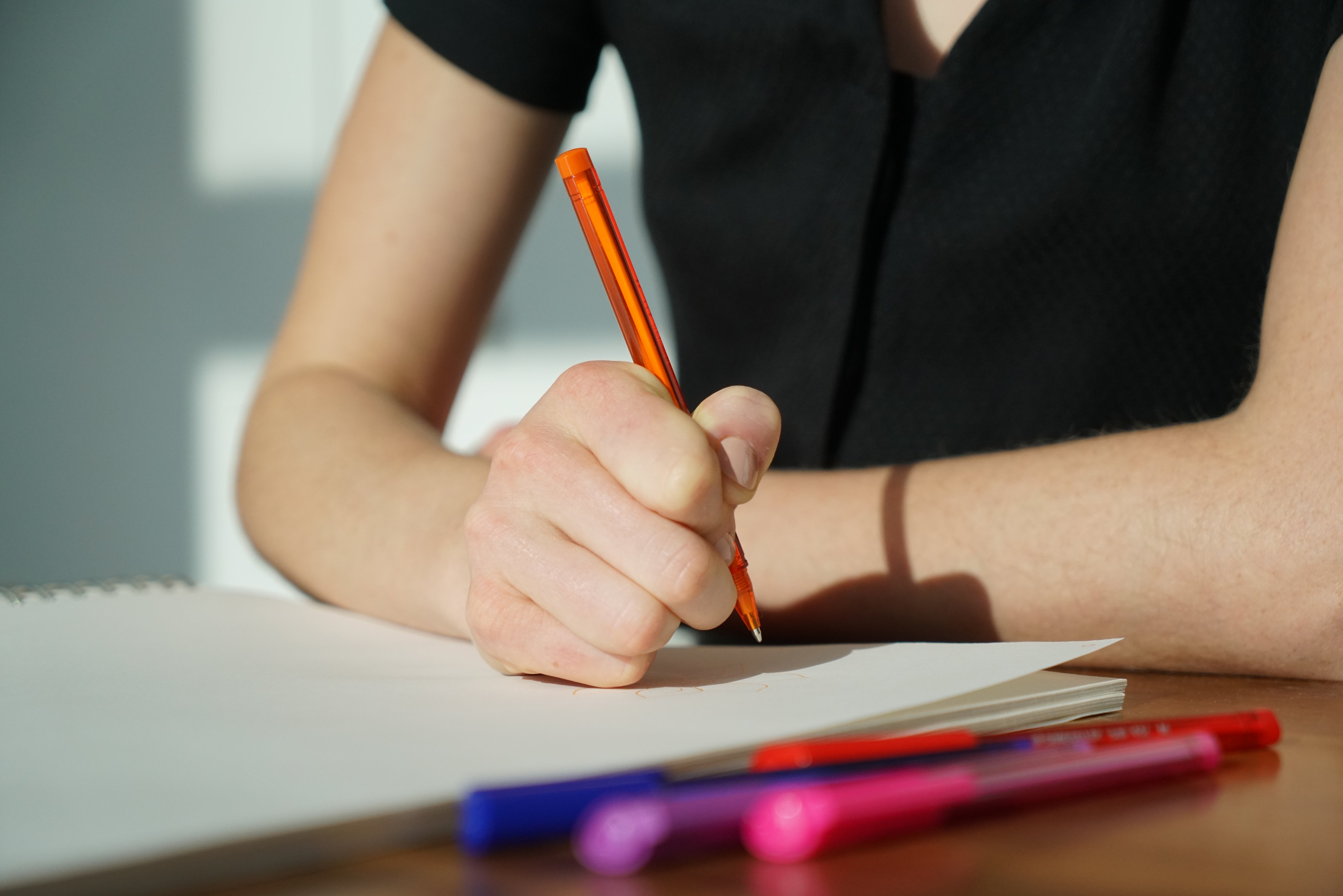
Lying once in awhile is a normal and usually harmless habit, especially when these lies help protect ourselves and others. The real problem with lying at a young age is that children can become skilled at it, psychologist Kenneth Shore warns. Students who continue this behavior into early adulthood will likely face a host of additional social, behavioral and academic problems.
Fortunately, teaching the consequences of lying and the benefits of honesty can promote more truth telling in the classroom. Here’s how to identify instances of dishonesty and create a classroom culture that prizes integrity.
Detecting and Decoding Lies
Learning to detect behaviors associated with lying and dishonesty can help teachers remedy these situations before they escalate.
Understanding a person’s baseline, or how they normally act, can make it much easier to spot deception, says deception detection expert and author of “Liespotting,” Pamela Meyer. So a child who is normally calm and shy might be lying if they’re suddenly fidgeting and can’t sit still after being asked a question. Looking down, slumping and pointing their feet towards the door after being asked a question might also indicate that someone isn’t being honest.
It’s also important to understand the difference between a white lie and a high stakes lie. White lies are often told to preserve the social dignity of the liar or of someone else, in which case they usually aren’t harmful. High stakes lies that deal with more serious subject matter, like cheating on a test or harming someone else, require intervention.
Story structure is important too, Meyer tells Jessica Powell at education network and magazine TES. While honest people tell stories with a beginning, middle and end, dishonest people may frontload their tale with unnecessary detail. People who are lying leave off the end of the story, and skimp around their own personal feelings on the matter. Pushing this person to comment on how they feel about the event may cause them to show additional signs of discomfort and withdrawal.
Looking for warning signs, when it comes to detecting dishonesty in the form of plagiarism, educator Zakir Hossain writes. One is if a paper has odd formatting and language, which can mean the report was copy-pasted together from multiple sources. Another sign that something isn’t right is a significant difference in quality between past assignments. Watch too for essays that cover the topic broadly, failing to include specific material learned in class.

Intervening in Dishonesty
One way to do this is to meet with the student in private, Shore says. This protects the student from being embarrassed and allows them an opportunity to come forward about the lie. Moreover, this time can be used to focus on the behavior itself, and why it isn’t allowed, instead of shaming the student.
Teachers should leverage this one-on-one meeting time with students to talk openly about the truth and its importance. Start out by acknowledging that the truth can be scary, recommends psychologist Jeffrey Bernstein. Teachers should also acknowledge that even while lies seem to create illusions of calm in the first place, they actually lead to significant issues later in life. Being open and accepting about this universal human fault can help a student feel less stressed about revoking their lie and telling the truth.
In addition to addressing dishonesty as often as possible, teachers should also praise honesty and integrity when they see it.
Making Caring Common, a project from the Harvard Graduate School of Education, points out that being honest — especially being honest about lying — isn’t easy. Praising students for their willingness to share can help promote honest behavior in the future.
Say something like “thank you for being honest with me about your homework. I know that can be hard to do sometimes. Let’s work together to figure out how you can get your homework done in the future,” elementary school counselor Keri Powers Pye suggests.
Praising one student for telling the truth helps them feel less afraid about telling the truth moving forward. Sharing this entire instance with the classroom is a great way to model good behavior without making a student feel shamed, too.
At the middle and high school level, digital tools are increasing instances of plagiarism across all subjects. However, technology can also be used to detect plagiarism with ease, Marie Cini, Ph.D., and MJ Bishop, Ed.D. at The EvoLLLution, an online newspaper for higher education, write.
One idea for detecting plagiarism (while fostering student integrity) is to have students conduct their own plagiarism checks using a teacher-approved tool. These checks give students an opportunity to remedy any dishonest work and go the extra mile to fix it when they realize that they’ve copy-pasted too heavily, for example. Once students have agreed that the work is plagiarism-free, an additional check by the teacher can be conducted to find any instances of dishonesty.

Preventing Dishonesty at School
Addressing dishonesty can be stressful and uncomfortable for both teachers and students. And while dishonesty can’t be prevented entirely, it can be significantly reduced through the proper prevention strategies.
Elementary teacher Haley O’Connor suggests a few discussion tools and strategies for promoting more honesty in the classroom. One of these ideas is to ask students to think about times they were dishonest in the past. Thinking about previous instances of lying at home, at school or in their communities can help give students contexts about what dishonesty looks like and why it’s harmful. Watching videos about honesty is another idea that O’Connor suggests, and she links to three songs for young students to learn about the principles of integrity and telling the truth.
Middle and high school students can benefit from watching a film titled “(Dis)Honesty – The Truth About Lies.” Directed by Yael Melamede and based on the research of behavioral economist Dan Ariely, this documentary highlights stories, opinions and experiments to understand why lying is so common. In addition to highlighting what dishonesty looks like and what its real-world repercussions are, the film can also be a launchpad for thoughtful, meaningful conversations about integrity and honesty.
Ariely champions making ethics and honesty teaching a daily aspect of school education. “Ethics is like health and therefore something we need to invest in, monitor, be mindful of and continuously consider – as individuals and as a community,” he explains.
The Ethical Culture Fieldston School in New York City is one school that’s putting Airely’s advice into action. To mitigate instances of dishonesty and cheating, this school has an academic integrity board consisting of four adults and eight students, education writer Linda Flanagan says. The adult team is comprised of one assistant principal, one learning specialist, one faculty representative and one student dean; the student team comprises two students from each grade.
She adds that the board’s primary concern is educating students about the importance of honesty both in the classroom and in life. Each time an instance arises, the board meets to discuss how to best approach the situation in an ethical, yet meaningful way. Although the student is kept anonymous, details about the incident and its repercussions are shared with the student community to remind them of its importance.
More ideas for preventing dishonesty in the classroom come from the philanthropy education resource Learning to Give. Here, teachers can find a number of discussion points and scenarios for what integrity means and how to identify it. This character education lesson can be taught in conjunction with a student-designed service project that provides opportunities for learning and practicing integrity.
Images by: pressmaster/©123RF Stock Photo, Thought Catalog, AkshayaPatra Foundation


What do you think?